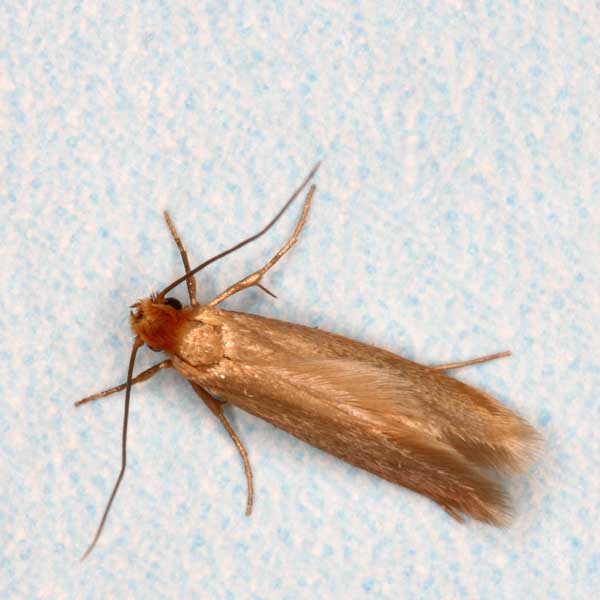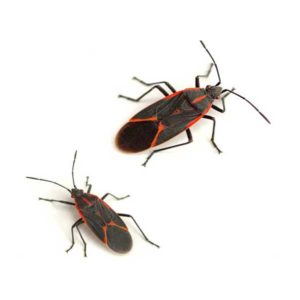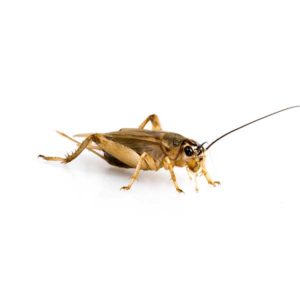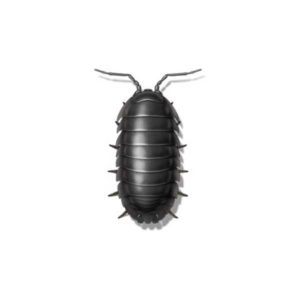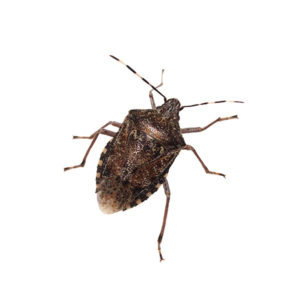Clothes Moths in North Jersey
Clothes moths are one of the few pests that can digest keratin, which is the fibrous protein found in animal hair, hide, and feathers. Here in New Jersey, there are two different types of clothes moths: the webbing clothes moth, and the casemaking clothes moth. Though they look slightly different in terms of coloration, both species can cause significant damage to fabric and upholstery – especially during the larval stage. After hatching, the larva will large amounts of animal fibers such as wool, fur, silk, felt, and leather. Since these moths are so small, it can be challenging to identify an infestation until there is significant damage to clothing or decorative items.
Clothes Moth Habitat
Unlike many other types of moths, clothes moths are not attracted to light. In fact, they actively avoid it and try to stay in the dark as much as possible. They tend to infest quiet and undisturbed areas such as closets, attics, and basements. Indoors, you’ll most likely find them in woolen clothes, underneath carpets, or inside of upholstered furniture. Clothes moths may even lint and pet hair when other food sources are unavailable. Though adult clothes moths do not eat fabric, their larvae will. If you see any clothes moths in your home, there are likely eggs nearby waiting to hatch.
Clothes Moth Behaviors, Threats, or Dangers
Clothes moths are small, unaggressive, and not considered harmful to human health. That said, they can cause considerable damage to your belongings by eating holes in your sweaters, blankets, rugs, furniture, and more. Since the larvae prefer to feed in dark and undisturbed areas, it can be challenging to identify an infestation until you notice moths flying around or holes showing up in your clothes. Though you can avoid an infestation by routinely vacuuming, clothes moth eggs are tiny and can be easy to miss. If you suspect you’re dealing with an infestation, it’s best to work with a pest control professional who can thoroughly inspect your space and eradicate the moths before they can cause more damage.

